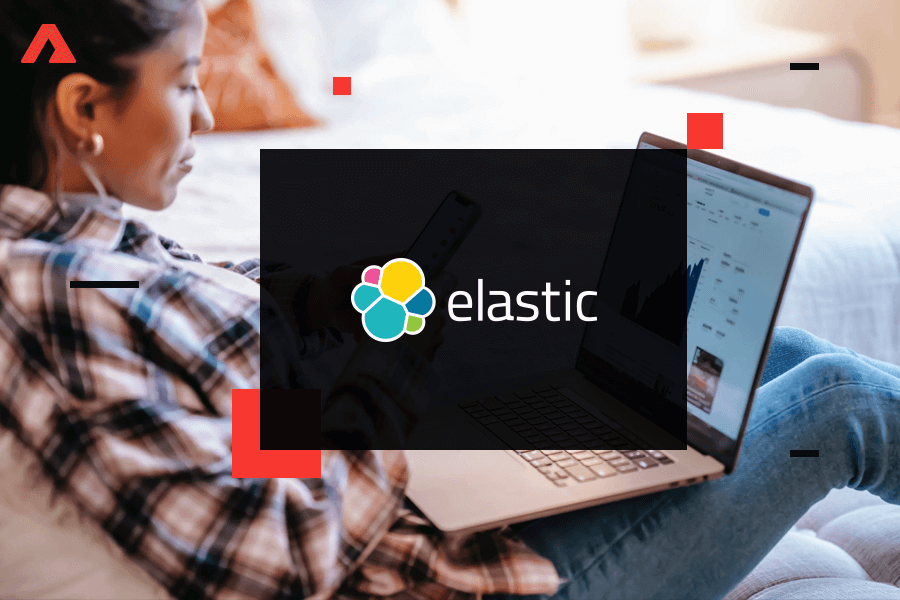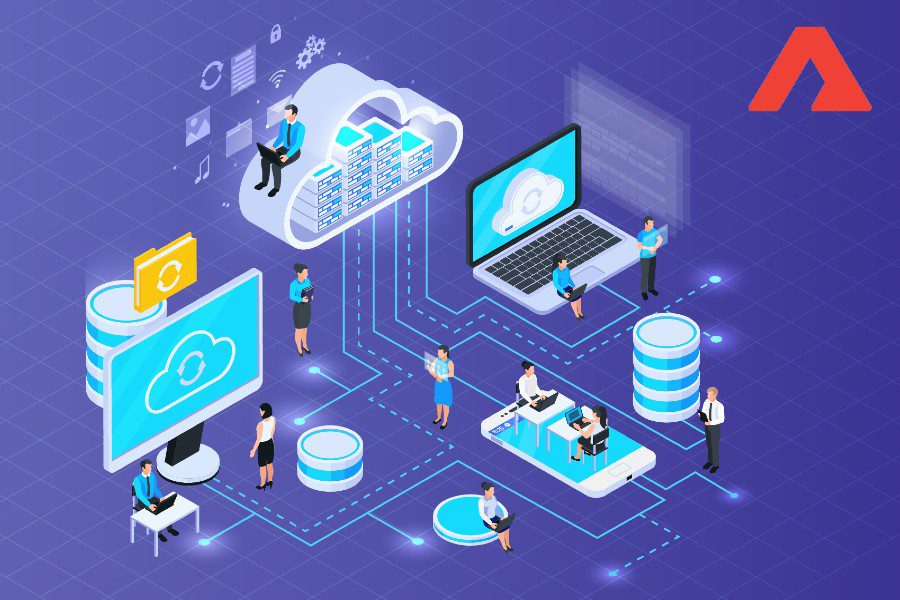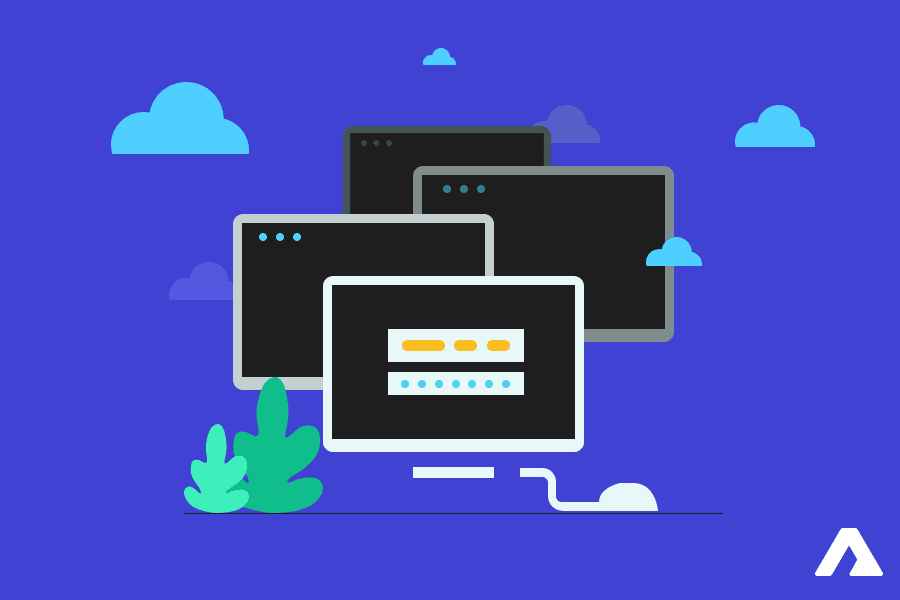With the domination of the web and the adoption of smart devices, the application development state has been completely changed. Everything and everyone is interconnected and sharing information all the time. With the recent developments, Cloud Computing has also taken over as a popular concept.
No matter whether you are an IT expert or not, chances are that you will explore the Cloud instead of the traditional Applications. It is active, faster, and more versatile in terms of approach and this is a major reason why Cloud Computing along with IoT is now touching our everyday lives.
With software becoming an integral part of our day-to-day operations and most services now available online, we are moving far away from the traditional development solutions. In the modern world, with enormous technology around software development, we have been consistently moving from traditional applications to Cloud-Native development. Technology is becoming faster, smarter, and agile.
But it is crucial to understand if Cloud Native development differs from traditional app development and in what ways. Understanding these differences will help speed up innovation and drive scalability for your business.
Understanding Cloud-Native Application Development
This app service provides a robust platform base for developing or running apps that utilizes the Cloud Computing delivery model. “Cloud-Native” is a term that originated to create and deploy apps in the server through the computing and instrumentation capabilities which has a stronghold within these services. The apps are present in the public server and not in the data center that is available on-premises.
Some examples of these service providers are Kubernetes and CNCF. They are content-based and have dynamically orchestrated sever software development techniques that are based on the Micro-Services architecture. Cloud-Native institutionalization helps in the development and robust operations of apps. Businesses develop new ideas fast and this helps companies to respond to the customer requirements within time limits.
Importance of Micro-Services
Many of the advanced development services are developed by organizations to handle the app development process in a much more structured manner. The approaches like Micro-Services which are smaller and independent software improves resilience. They expedite the time to market for the apps. Micro-Services are the latest development in the software development world and many successful organizations use architecture based on Micro-Services.
The latest research predicts that about 90% of all apps are being built on the Micro-Services architecture. This helps to enhance the ability to design, update, debug and integrate third-party codes. While developing an app with Micro-Services, it is disintegrated into simpler modules and each of these independent modules migrating cloud performs a single business function.
The modules come with specific and well-defined interfaces that a professional team of software architects manages. They look after the entire lifecycle of a service and the Micro-Services can communicate via a container for achieving an exclusive business objective.
The Importance of Micro-Services
A major advantage of microservice over the traditional approach is better resiliency, easier maintenance, quicker updates & deployments, and higher greater business agility. It also helps with flexible resource provisioning when there is an increase in traffic to a website. Even when the web application remains the same, each microservice works individually and it does not impact the working of other services.
The Reason for the Popularity of Cloud-Native Applications
As organizations shift from the traditional application to the Cloud-Native mindset, it has become an approach to build apps and services specific to the server infrastructure. These apps represent the features of the developed services and apps with a robust infrastructure. The online approach is useful for businesses that want to reach their complete potential in a lesser period. With a robust increase in Cloud-Native trends, the idea of tackling app development projects is fast changing.
Cloud-Native and Traditional Development
Cloud-Native application architecture is independent of the OS and the developers can use the platform without any dependency on the underlying infrastructure. Thus, instead of finding fixes or maintaining OS, the team can focus on app building. When this is compared with the traditional approach, it has a close dependency between the application and the underlying OS. The dependencies can create roadblocks in scaling and migration processes.
With the fast pace of digital and cloud transformation, the traditional, legacy-based app methodology is no longer supported and the monolithic traditional development is now moving towards a Cloud-Native and Micro-Services architecture. This has resulted in many differences right from the abstraction to automated scalability.
Automated Cloud Native Vs the Manual Traditional Development
It is possible to ensure automation at scale with Cloud-Native development as it eliminates the downtime which may happen because of human error. It also brings agility and speed in delivery, and it also enhances the resilience of the application. The technology helps to implement continuous integration with continuous delivery, testing, development, and it also ensures that the deployment processes are faster compared to other processes. This ensures that the development team can focus on software as the operation team handle deployment.
The traditional approach on the other hand needs a lot of heavy in-house administration and these are operated manually. While scaling during the process of software development, the operations are slow and error diagnosis becomes difficult. Thus, the business fails to implement correctly due to the traditional monolithic architecture.
Predictable Development with Cloud Native

With the help of Cloud-Native platforms, resiliency has been maximized through foreseeable behaviors. The on-premises apps can be easily shifted to the server with highly automated, orchestration tools that encapsulate other apps’ configuration code, and it can re-platform these apps. This is done by harnessing the networking and computing capabilities of the Native Cloud infrastructure. It also involves the rewriting of new frameworks and codes redeploying the codes as an infrastructure with the dev-test environment.
In the case of the traditional apps, they struggle with custom native app development as they are architecturally developed. It has a monolithic architecture that takes more time to build and upgrade. The waterfall methodology scales gradually, and if the app is developed with such a methodology then they rely on dependent services. Moreover, these systems do not replicate in a dev-test production environment, which introduces failures when new releases are being deployed.
Understanding the Risks in Developing Apps Traditionally
Traditional App Development comprises some risks which might impact a business:
- Coding – As an organization works on automation, there is a risk of hard-coding human errors into the app infrastructure. The incorporation of human staff into the team of operators also slows down the diagnosis process and the use of computer automation reverses these trials.
- Downtime – The downtime increases with human error and in the case of automation, the same rules apply consistently no matter what the size of the application is. There is a lot of automation in the Cloud and the updates are automatically deployed without the interference of the deployed apps.
- Low Backup – The traditional applications have a low backup, and even the smallest mistake can cause failure. On the cloud, however, the backups are automated. The dynamic, high-quality virtualization provided by the Micro-Services helps to solve this problem.
Higher Capacity Utilization with Cloud Native
With Cloud-Native development services, it is easy to ensure infrastructure provisioning and allocating resources on a need basis. Cloud-Native development optimizes app lifecycle management, orchestration, resource utilization, and recovery from failures to eradicate downtime.
While traditional infrastructure lacks scalability and is huge to meet the evolving need of modern applications. The traditional IT systems are based on dedicated infrastructure for the app and this delays the app deployment. Even though the solution is oversized, it is usually based on the capacity to scale as per the growing need.
Collaborative Solutions with Cloud-Native Development
Development in the Cloud-Native approach includes processes, people, and tools with closed collaboration between operations and development teams. Thus, the development process speeds up and this makes it fast enough as per the production level. In the case of traditional creation, the operations team gets the build of apps from the developers and they run it in production. Organizational urgencies take over customer value and cause conflicts amongst teams and a negotiated delivery of apps.
The Importance of Moving to Cloud Native
With faster delivery and innovation in today’s marketplace, it becomes important to fulfill customer needs. With continuous integration and modular architecture, the best practices are dependent on continuous delivery. The container orchestration services that come with Cloud-Native development offer higher tolerance, fast updates with zero downtime. This increases the user experience and automated resource provisioning helps organizations to reduce the operational costs by making them pay for just what is being used by them.
All the above-mentioned advantages of micro-service and the Cloud-Native architecture make the organizations attain unrestrained growth with quicker time to market when compared with the traditional process of creation.
All product and company names are trademarks™, registered® or copyright© trademarks of their respective holders. Use of them does not imply any affiliation with or endorsement by them.




 Insurance
Insurance


























